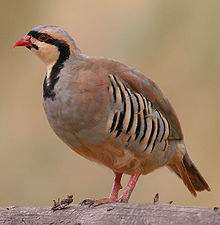Vegetation
A variety of vegetation grows in Hells Canyon. Sagebrush and Bunchgrass grow in lower parts of the canyon with deciduous bushes and trees along the numerous streams that run into Hells Canyon. Trees are scattered throughout the Oregon side of the Wilderness, but concentrated on north slopes and in stream bottoms Englemann spruce and sub-alpine fir grow at the highest levels of the Wilderness, with Western larch, Douglas fir, and Ponderosa pine found between the two extremes. Prickly pear cactus and poison ivy are fairly common as well.The Idaho portion of Hells Canyon is characterized by three geologic-vegetative regions. The upper areas are alpine and subalpine with several lakes and geologic formations of glacial origin. Vegetation is sparse and broken by large areas of rock. The middle portions contain dense forests of larch, lodgepole pine, and true firs. Lower elevations are characterized by dry, rocky, barren, steep slopes breaking into the Snake River and its major tributaries.
Animals
Wildlife is abundant in Hells Canyon Wilderness. Black bear,
cougar, elk, deer, mountain goat, chukar, and bighorn sheep are common. There
have been reports, though unverified, of grizzly bear in the Wilderness.
Reintroduced wolves in Idaho have at least passed through the area, and
Peregrine falcon, bald and golden eagles can also be seen.




No comments:
Post a Comment